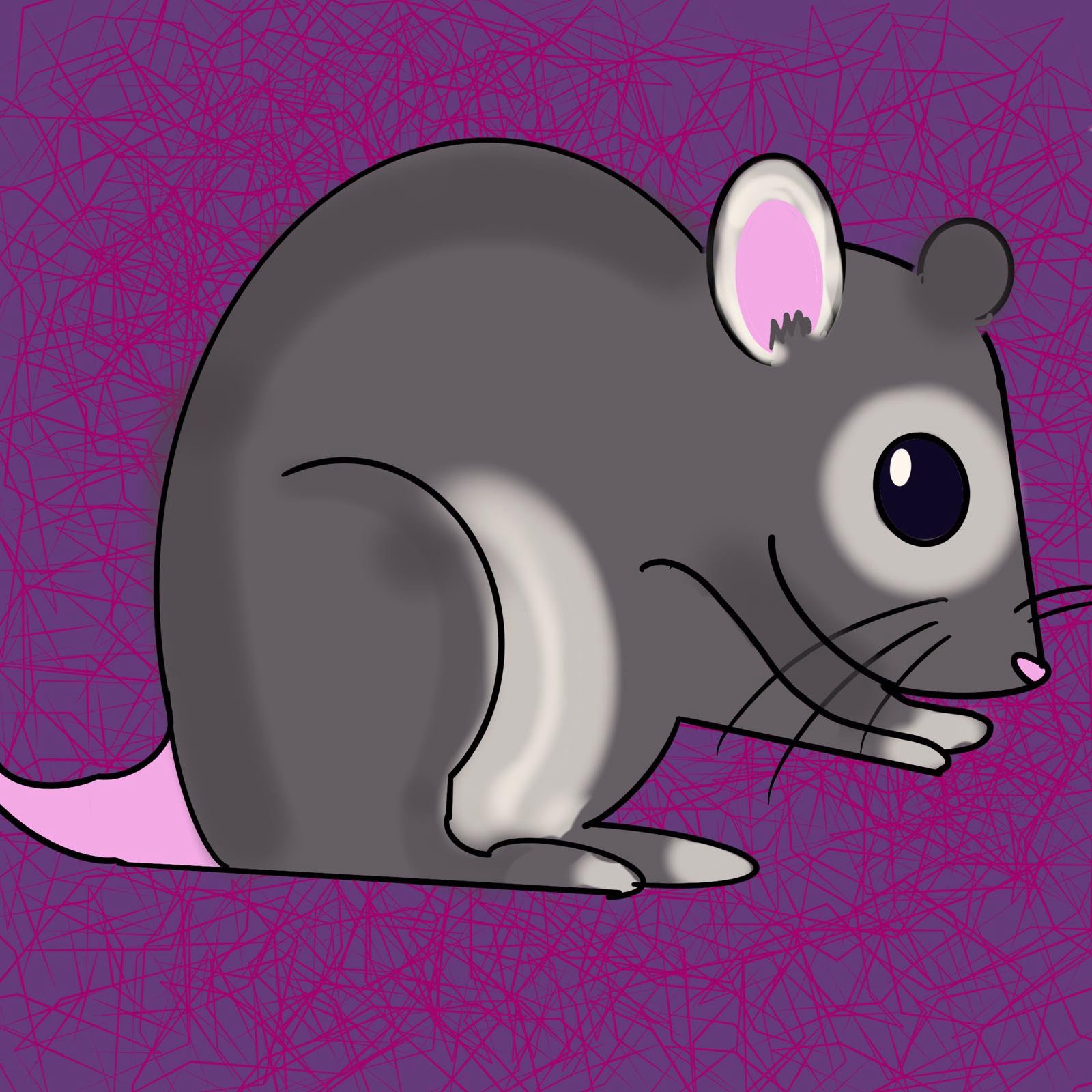By Althea Champion
Thirty-four years after the Chernobyl Nuclear Power Plant meltdown, lush greenery and wild wolves freely inhabit the landscape, uninhibited by the burden of human life’s presence. Nine months after the first reported case of COVID-19 in the U.S., another lifeform—one much less beautiful and romantic—roams the comparatively barren city streets of the U.S.: rats.
In East Coast cities, from New Orleans to Boston to New York City, residents are reporting sightings of rats swarming, scouring the city, capitalizing on the valuable real estate human beings recently left behind in pursuit of the safety of their homes.
The swell of rat turn-out is not simply because the once busy streets they cowered in the shadows of are now empty, but because they are starving and in dire straits. It seems that hard times are not unique to humans during these past few months, but are actually falling on rats, too.
“Community-wide closures have led to a decrease in food available to rodents, especially in dense commercial areas,” the CDC reported in a May update of rodent-control guidelines in respect to COVID-19. “Some jurisdictions have reported an increase in rodent activity as rodents search for new sources of food. Environmental health and rodent control programs may see an increase in service requests related to rodents and reports of unusual or aggressive rodent behavior.”
According to the Boston Herald, Boston is currently handling an impressive rat problem of their own, with the Allston/Brighton neighborhoods reporting a whopping 88% increase in rodent activity in comparison to last year.
“Boston is experiencing an unusually large surge in rodent complaints during the coronavirus pandemic,” reported Meghan Ottolini of the Boston Herald. “With residents reporting massive infestations in gardens and rats ‘the size of cats’ scurrying down the street in broad daylight.”
The waste that rats once prospered on is no longer available as a result of much frequented restaurants and bars closing their doors. Scraps can no longer be found without extensive searches. Thus, city rats, motivated by their acute distress and changing landscape, are resorting to desperate measures.
In New York City, where restaurants are permitted to serve patrons outdoors as of June 22, rats are also showing up to dine at the literal heels of customers bating for crumbs, according to The Guardian.
In cities more than ever, the line between wildlife and the human race is slimming. Unlike those who live in more rural areas, animals are not something city folk come in contact with on a daily basis—aside from a dog, cat, and the occasional hamster.
Perhaps this is changing. Linda Rodriguez McRobbie of The Boston Globe suggests that the urban wildlifes—the coyotes in Chicago and San Francisco, mountain lions in Boulder, and the groundhog in Philadelphias—are perhaps lessening the “artificial division between ‘man’ and ‘nature,'” and maybe that isn’t a bad thing. Perhaps, humans do not have to be separate from nature, and rodents do feature in nature.
It is, after all, the year of the rat.






